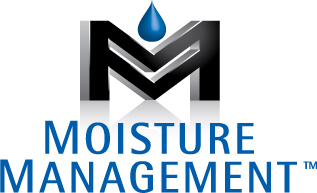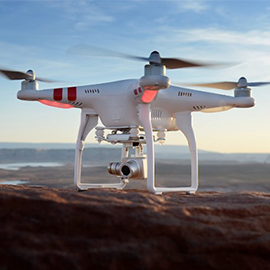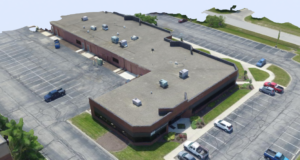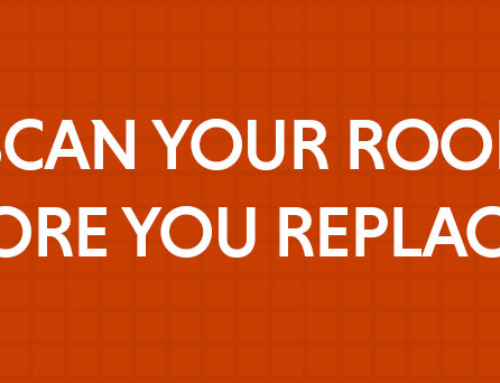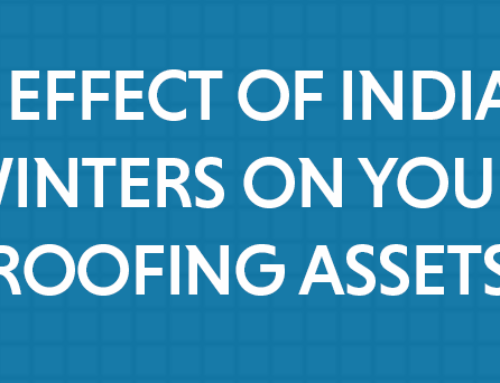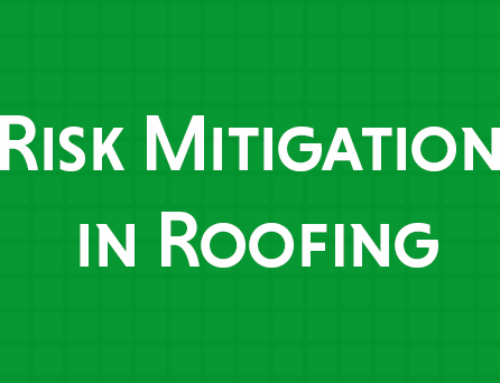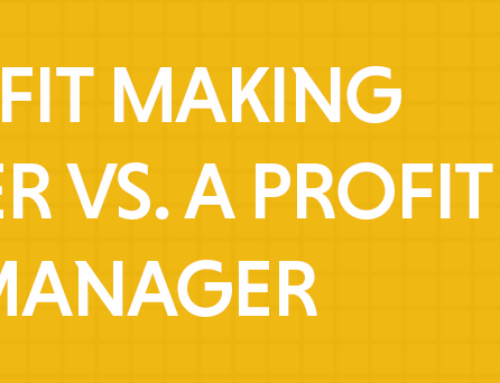Moisture Management has a certified Part 107 UAV (Unmanned Aerial Vehicle) drone pilot on staff that can safely and legally use our drone to conduct site surveys, investigate hard-to-reach areas of buildings, and quickly take roof measurements. As the technology has increased the ability to fly safely and precisely, along with the improvement in the quality of the on-board cameras, our DJI drone has become a valuable tool for Moisture Management.
Ensuring Safety and Compliance
The most important aspect in using a drone in a commercial setting is to ensure the safety of people and property in the surrounding area. After completing an extensive training program and taking a certification test from the Federal Aviation Administration (FAA), our licensed drone pilot understands how to mitigate the risk factors involved in drone flight such as weather, manned air traffic, flight-restricted areas, and mechanical failures. In addition, our Part 107 UAV pilot understands all the legal restrictions, procedures, and maintenance requirements necessary to ensure for safe operation of the drone in a commercial space. Failure to use a certified pilot to conduct commercial drone surveys can result in potential legal liability and fines in the event of an accident.
Why Use a Drone for Building Investigations?
There are several benefits Moisture Management receives in using a drone for building audits, surveys, and investigations. The number one, and most important reason, is for the safety of our staff. The drone can easily inspect dangerous and hard to access areas of a building such as towers, large glass skylights, soffits, details outside parapet walls, EIFS and brick walls, and much more. With its 4K resolution camera, even minor details and tiny cracks can be identified in the video footage and still photos the drone takes during these aerial investigations.
Secondly, the drone allows for quicker inspections and site surveys for initial evaluations, “overview” photos, and roof measurements. Using specialized software, the drone images can be combined to create a 3D scale image of a building that can be rotated, zoomed in on, and measured to an accuracy level of less than 3″ inches!
Finally, the drone’s recording capabilities allow Moisture Management inspectors to go back and re-watch the flight video to view the building if they have questions or miss a detail item on their drawings and plans. The flight video and 3D model can also be shared with our clients so they can see the deficiencies, details, and components on their buildings clearly and completely.
The Future of Drones in Building Inspections
The construction industry is predicted to be one the fastest growth markets for drones in the next decade, as the technology and battery life improves¹. Recently, drones have added features such as automatic collision avoidance, infrared cameras, waterproofing for flying in the rain, and the ability to carry small payloads, but most of these are relatively cost-prohibitive at this point. As the price of these features comes down, drones will continue increasing in importance in the construction and facility management industries.
Conclusion
The use of drones in the construction and facility management industries is still in its infancy and will grow exponentially in the next decade. However, safely operating a drone in a commercial space require training, professionalism, solid decision-making skills, and risk-avoidance strategies. Ensuring that any drone operations conducted around your facility or building is done by a certified, licensed UAV pilot protects you from liability and will result in a better, more thorough inspection.
If you are interested in learning more about our drone program and services, contact Jason Bush at jbush@moisturemanagementllc.com or call our office at 317-577-0910.
